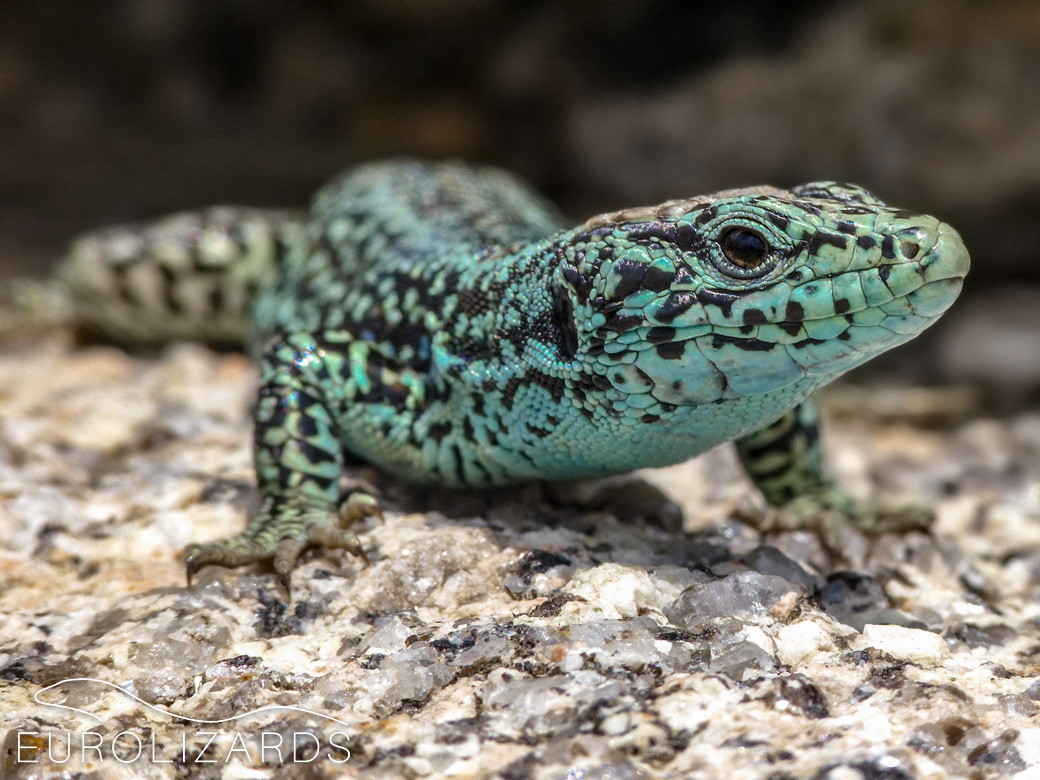Iberolacerta monticola - West Iberian Rock Lizard

The genus Iberolacerta is some kind of antagonist of the genus Podarcis: During postglacial warming periods numerous Podarcis species were able to significantly expand ther ranges, whereas the more heat-sensible Iberolacerta species have been pushed to some cooler mountain refugia. Current climate warming seems to amplify this development, as species like Podarcis muralis increasingly invade high-altitude Iberolacerta habitats. However, this may not be the end of the story: In case of possible future climate cooling the tide could turn.
Actually, the current restriction of Iberolacerta to several isolated refugia has led to remarkable species differentiation on the Iberian Peninsula with Iberolacerta monticola covering the largest range.
As the common name of the West Iberian Rock Lizard may indicate, this species occurs in the following areas:
- The nominate subspecies lives in the high altitudes of Serra da Estrela in Portugal.
- Subspecies astur, which has been described in 2014, only occurs in a small mountain area south of Villablino / Province Léon - an area with rather continental climate, compared to the Cantabrian area with moderate Atlantic climate.
- Subsp. cantabrica covers the Cantabrian Mountain Range and some lowland areas in Galicia.
It occurs in granite rock areas up to 2000 meters. In suitable habitats, it may occur in high numbers and can be quite approachable.
Males show bright greenish (or cyan) colours with distinct dark markings and can hardly be confused with other species. Lacerta schreiberi may look similar at the first glance but they are bigger with deeper heads and shorter snouts.
Females of Iberolacerta monticola are rather brownish and may be confused with Podarcis species (Podarcis muralis, Podarcis bocagei and Podarcis guadarramae). The latter ones frequently show clearly defined light dorsolateral lines which lack in Iberolacerta monticola. Another characteristic of Iberolacarta are the alternately broad and narrow tail segments. At Podarcis, all tail segments have the same size. (Admittedly, a very close look may be required to recognize these differences.)
Juvenile Iberolacerta monticola can be distinguished from juvenile Podarcis muralis by their blue or green tails (However, juvenile Podarcis bocagei or Podarcis guadarramae also may have blue tails). Hence, the identification of single females or juveniles may be tricky.









EUROLIZARDS - The Home of European Lizards! © Birgit & Peter Oefinger
